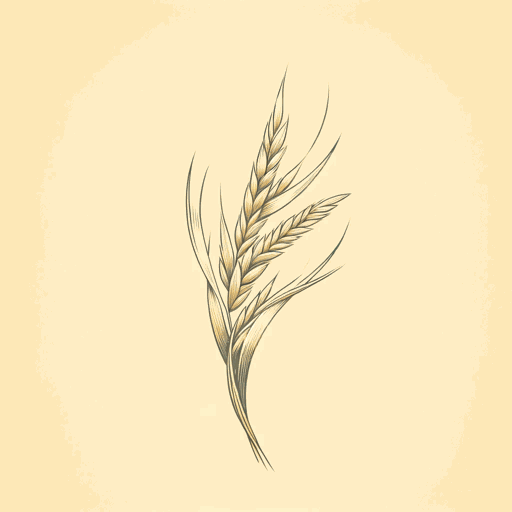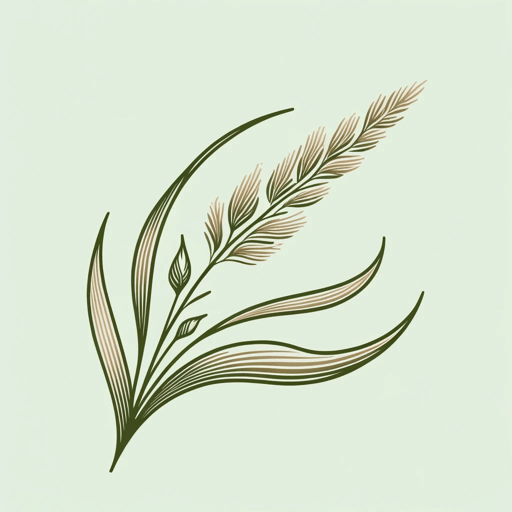95 pages • 3 hours read
Robin Wall KimmererBraiding Sweetgrass: Indigenous Wisdom, Scientific Knowledge, and the Teachings of Plants
Nonfiction | Book | Adult | Published in 2013A modern alternative to SparkNotes and CliffsNotes, SuperSummary offers high-quality Study Guides with detailed chapter summaries and analysis of major themes, characters, and more. For select classroom titles, we also provide Teaching Guides with discussion and quiz questions to prompt student engagement.
Part 2, Chapters 7-11Chapter Summaries & Analyses
Part 2: “Tending Sweetgrass”
Chapter 7 Summary: “Maple Sugar Moon”
The Anishinaabe Original Man is named Nanabozho; he walked through the world noting those who were following the “Original Instructions.” The Original Instructions are not commandments; rather, they are like a compass for how to interact with the natural world reciprocally and sustainably.
One day, Nanabozho found a lazy village where the people lay beneath maple trees all day, drinking syrup. To teach the villagers not to take natural resources for granted, Nanabozho took a bucket and diluted the sap. This is why today it takes 40 gallons of sap to make one gallon of syrup.
While living in upstate New York, the author and her two daughters, Linden and Larkin, set about making maple syrup. Rather than use the latest newfangled technology to extract the sap and turn it into syrup as easily and efficiently as possible, the author uses more difficult, traditional methods, as Nanabozho would have recommended. The family eagerly awaits signs of spring, though the trees, Kimmerer points out, “have a far more sophisticated system for detecting spring” (65). The family begins harvesting in April, finding the “scars of past taps” (65) already on the trees. They harvest the sap in buckets, build a fire, and boil the sap down to make syrup.
Related Titles
By Robin Wall Kimmerer


